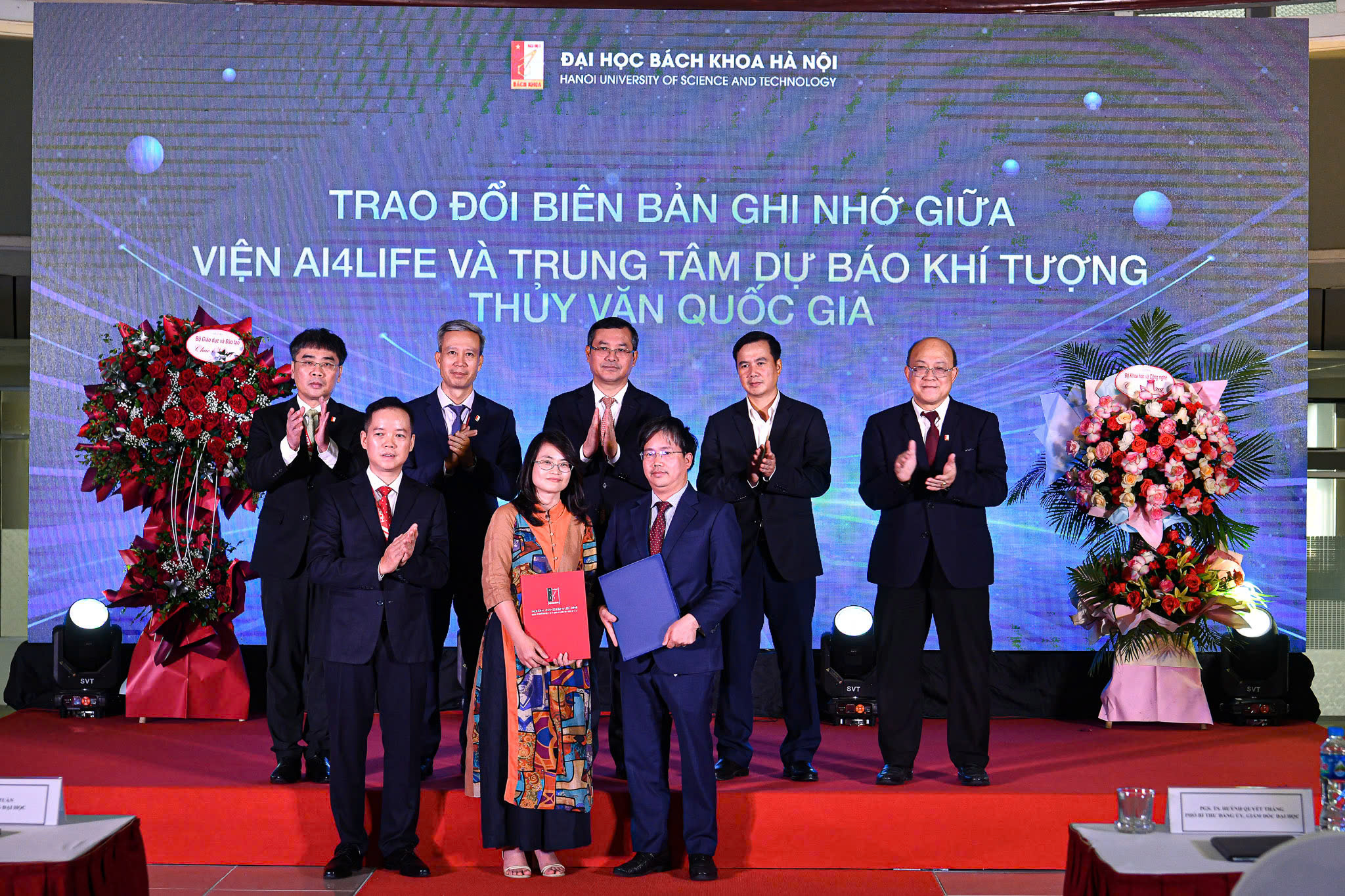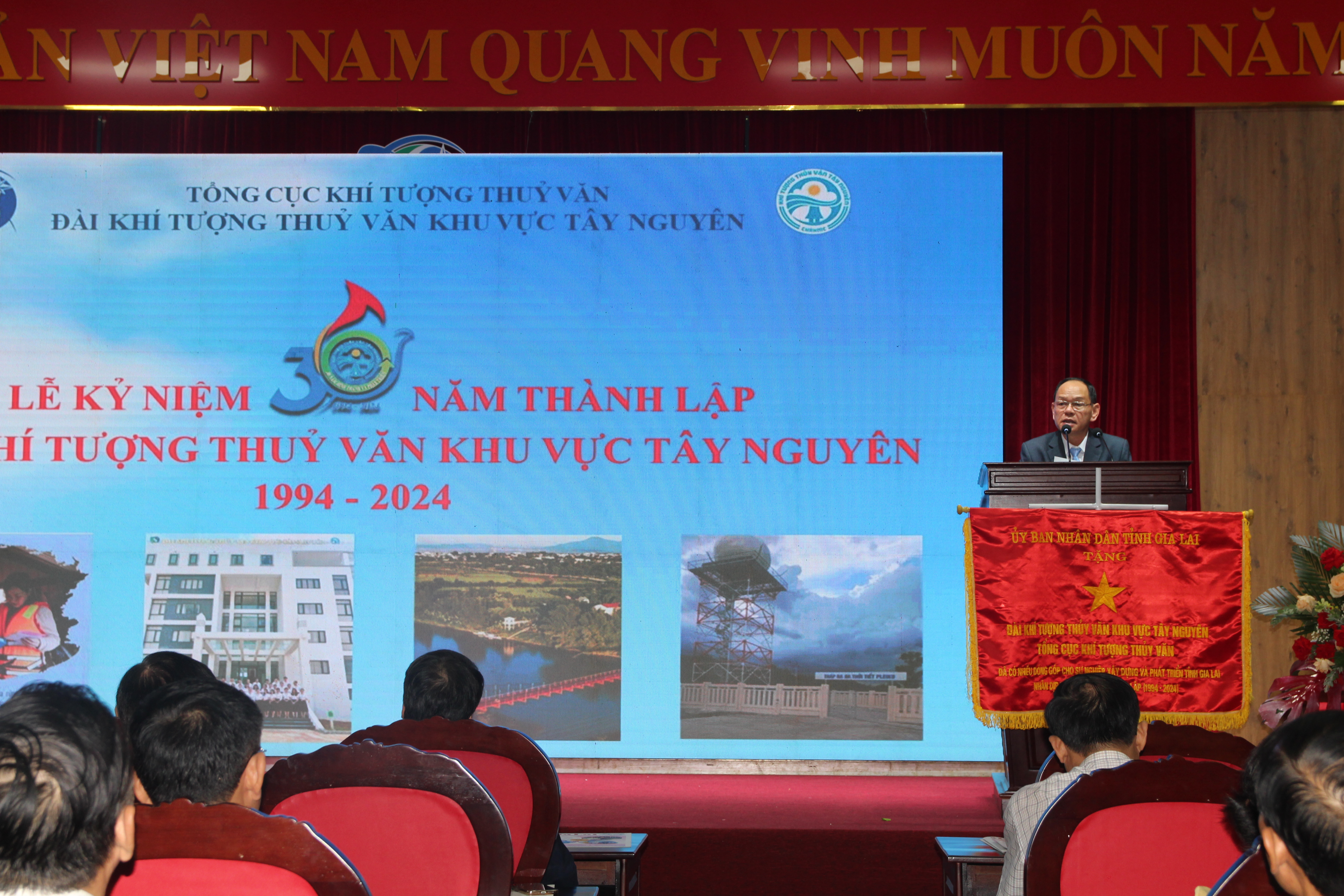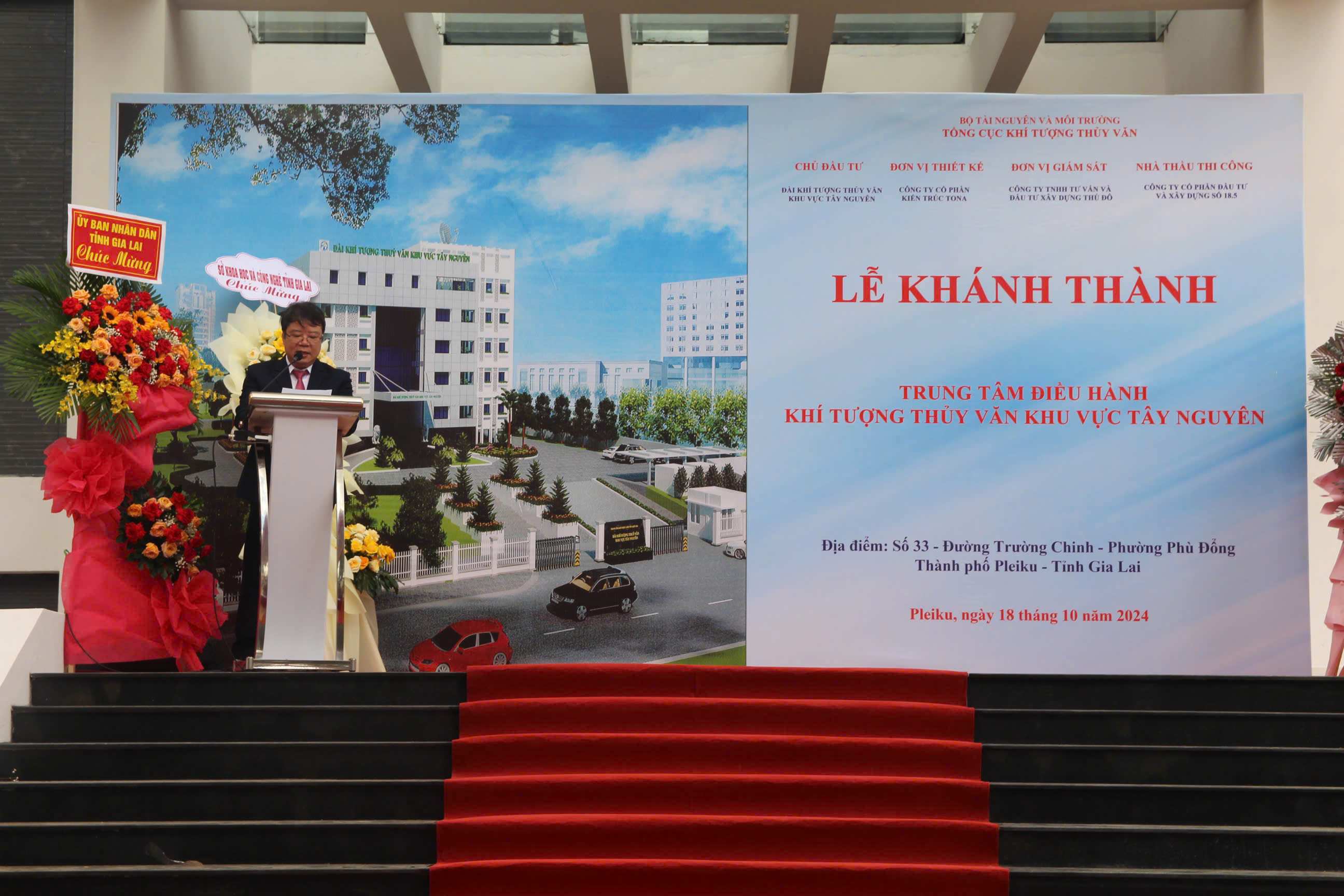|
No. |
Title and Authors |
Page |
|
1 |
Achievement of JICA technical cooperation project in period 2 Kenji Akaeda 1*, Michihiko Tonouchi 2, Nguyen Vinh Thu 3 1 Japan International Cooperation Agency, Viet Nam Meteorological and Hydrological Administration, Hanoi, Viet Nam; akaeda191@yahoo.co.jp 2 Japan Meteorological Business Support Center, Tokyo, 101-0054, Japan; tono@jmbsc.or.jp 3 Aero-Meteorological Observatory, Viet Nam Meteorological and Hydrological Administration, Hanoi, Viet Nam; nvthu@monre.gov.vn *Correspondence: akaeda191@yahoo.co.jp; Tel.: +829-761096 Abstract: Japan International Cooperation Agency (JICA) and the Viet Nam Meteorological and Hydrological Administration (VNMHA) have implemented a technical cooperation project entitled “Project for Strengthening Capacity in Weather Forecasting and Flood Early Warning System” for more than 5 years from May 2018. In period 2 from April 2020 to the present, the project has achieved some outstanding achievements. Automatic Weather Station (AWS) inspection and calibration method was trained by using the procured traveling standards for temperature, humidity, pressure and precipitation at headquarters, Phu Lien and Vinh. An operational tentative quality control system was introduced to check temperature and precipitation data in near-real time. Quantitative precipitation estimation (QPE) product has been operationally calculated by combining radar and selected rain gauge data. Methods to distinguish qualified rain-gauge data from poor-qualified rain-gauge data were introduced. Precipitation guidance was developed and tested in several heavy rain cases. Short-range precipitation forecasting up to 15 hours has been developed by combining the kinematic extrapolation method and mesoscale numerical forecast. Webpage and mobile application were developed to monitor rainfall situations and related warnings. Keywords: JICA; Disaster risk reduction; International cooperation; Meteorological observation; Meteorological Forecasting. |
1 |
|
2 |
Attempt to detect maintenance need rain gauge station by double-mass analysis Ryohei Kobayashi 1* , Le Xuan Duc 2 , Pham Minh Tien 3 1 International Affairs Department, Japan Meteorological Business Support Center, Tokyo, 101-0054, Japan; kobayashi@jmbsc.or.jp 2 Hydrometeorological Observation Center, Vietnam Meteorological and Hydrological Administration, Hanoi, Vietnam; lxduc@monre.gov.vn 3 Ha Noi University of Natural Resources and Environment, Hanoi, Vietnam; pmtien@hunre.edu.vn *Correspondence: kobayashi@jmbsc.or.jp; Tel.: +81–352810440 Abstracts: Currently, 112 Automatic Weather Stations (AWS) and over 1,000 Automatic Rain Gauges (ARG), approximately 2,000 AWS in total including stations outside the national hydrometeorological network are installed in the nationwide country of Vietnam so that they can be used for Quantitative Precipitation Estimation of weather radars, etc. Meanwhile, it takes a vast amount of time and cost to properly operate and maintain the large number of AWS. Besides, rain gauges cannot be checked whether it has properly operated without a certain amount of rain. This research attempted to detect maintenance- need rain gauges of the AWS by the slope and R2 values obtained by double- mass analysis against the distance between the stations. Evaluated distances were used for the classification of AWS. As “Class 1 AWS” is the distance within 5 km and “Class 2 AWS” is the distance within 20 km and the criteria were obtained by AMeDAS data of the Japan Meteorological Agency. Additionally, the process is cycled several times to expand the candidate AWS. The result says that stations except 125 Class 1 AWSs and 710 Class 2 AWSs need to be checked. It is suggested that this assessment can be used to detect maintenance need stations; however, periodical maintenance is still needed for proper observation because this assessment also needs reliable AWSs. Keywords: Automatic Weather Station; Automatic Rain Gauge; Maintenance; Double- mass Analysis. |
10 |
|
3 |
Quality check of rain gauge data for quantitative precipitation estimate Michihiko Tonouchi 1* , Bui Thi Khanh Hoa 2 , Nguyen Viet Hung 2 , Nguyen Minh Cuong 2 1 International Affairs Department, Japan Meteorological Business Support Center, Tokyo, 101-0054, Japan; tono@jmbsc.or.jp 2 Aero-Meteorological Observatory, The Vietnam Meteorological and Hydrological Administration, Hanoi, Vietnam; khanhhoa303@gmail.com; nguyenviethungb115@gmail.com; nguyenminhcuong30596@ gmail.com *Correspondence: tono@jmbsc.or.jp; Tel.: +81–352810440 Abstracts: The Quantitative Precipitation Estimation (QPE) method of the Japan Meteorological Agency (JMA) using radar and rain gauge data has been started to be deployed at the Vietnam Meteorological and Hydrological Administration (VNMHA) since 2019 through a technical cooperation project of the Japan International Cooperation Agency (JICA). Quality control of radar and rain gauge data is a vital issue in keeping the accuracy of QPE. Especially rain gauge data is essential because QPE processes regard rain gauge data as exact values in calibration processes. VNMHA had yet to develop a quality control system and regular maintenance scheme for Automatic Weather Stations (AWS) and Automatic Rain Gauges (ARG). In order to make a reliable QPE product, a quality check for rain gages data comparing mutual rain gauge data experimented and 1) missing data ratio, 2) proportion to mean of nearly ten stations, and 3) double sum curve check was selected as thresholds to select relatively reliable rain gauge stations. As a result of the quality check for rain gauge data in May 2023, 1,299 stations were chosen, and QPE with rain gauges selected showed stable precipitation distribution. Keywords: QPE; Quality check; Rain gauge; Precipitation map; Radar data calibration. |
21 |
|
4 |
Evaluation of the radar-based quantitative precipitation estimation composite in Viet Nam Chiho Kimpara 1 , Michihiko Tonouchi 2 , Bui Thi Khanh Hoa 3 , Nguyen Viet Hung 3 , Nguyen Minh Cuong 3 , Kenji Akaeda 4* 1 Japan Weather Association, Tokyo170-6055, Japan; kimpara.chiho@jwa.or.jp 2 Japan Meteorological Business Support Center, Tokyo101-0054, Japan; tono@jmbsc.or.jp 3 Aero Meteorological Observatory, Hanoi 10000, Vietnam; khanhhoa303@gmail.com; nguyenviethungb115@gmail.com; nguyenminhcuong30596@ gmail.com 4 Japan International Cooperation Agency, Tokyo102-0084, Japan; akaeda191@yahoo.co.jp *Correspondence: akaeda191@yahoo.co.jp; Tel.: +84–829761096 Abstracts: Real-time monitoring of quantitative precipitation distribution is essential to prevent natural disasters caused by heavy rainfall. Precipitation distribution by rain gauge network or combined with radar/satellite data is operationally used in Viet Nam. Previously, meteorological radar data was simply converted to precipitation amount using a simple Z-R relationship. To get accurate quantitative precipitation estimation (QPE) data, converted precipitation amounts from radar should be corrected by rain gauge data. In the ongoing JICA technical cooperation project, preliminary development of the QPE product has been conducted by utilizing the data from the automatic rain gauge network and meteorological radar network in Viet Nam. The fundamental part of this QPE algorithm has been used and updated by Japan Meteorological Agency (JMA) for more than 25 years. This is the first attempt to get quantitative precipitation distribution with a precise resolution by combining radar and rain gauge data in Viet Nam. This paper describes each process to introduce this QPE method to Viet Nam and indicates the results through the project. Future issues to improve its accuracy are also mentioned. Keywords: Radar; Rain gauge; QPE; Quality Control, JICA. |
28 |
|
5 |
Development of precipitation guidance for 36 regions in Vietnam up to 5 days ahead Kiichi Sasaki 1*, Vu Tuan Anh 2 1 Japan Meteorological Business Support Center, Tokyo101-0054 Japan; k-sasaki@jmbsc.or.jp 2 National Center for Hydro-Meteorological Forecasting, Hanoi 10000, Vietnam; lamhoaanh@gmail.com *Corresponding author: k–sasaki@jmbsc.or.jp; Tel.: +81–352810440 Abstracts: Development of forecast guidance is one of main activities of Output 3 of the JICA Project to improve forecasting services of VNMHA. Maximum and minimum temperature guidance was developed for 63 cities up to 10 days ahead in the first phase of the Project. Development of precipitation guidance was the primary activity of Output 3 in the second phase of the Project. Statistical analysis on 24-hour rainfall observations and predictions by JMA GSM and ECWMF IFS showed that the correlation between them was low for each station but relatively high for each region. Preliminary investigation of POP trial guidance calculated with logistic regression and multiple linear regression for 4 stations and 4 regions showed the verifications scores (BSS: Brier Skill Score) for regional POP were considerably higher than those for station POP. IFS-GSM-integrated precipitation guidance was developed to improve regional mean/max rainfall guidance and had slightly better verification results than IFS and GSM precipitation guidance. Based on these verification results, precipitation guidance on regional POP and regional mean and max for 12-hour rainfall (tonight and tomorrow daytime) and for 24-hour rainfall (after that) was developed for 36 regions in Vietnam up to 5-days ahead. Precipitation guidance was generally able to predict a reasonable amount of rainfall for heavy rain events caused by tropical cyclones in 2022, however, there were several heavy rain events where IFS and GSM rainfall predictions were quite low, and rainfall guidance was also quite low. Keywords: Precipitation guidance; Station POP; Regional POP; Regional mean and max rainfall. |
40 |
|
6 |
Development of a prototype system of the very short-range forecast of precipitation in Vietnam Minh Dang Tran Duc 1, Huy Dao Ba 1 , Quynh Hoang Diem 1 , Tinh Nguyen Thi 2 , Hanh Nguyen Duc 1 , Vinh Tran Ngoc 3 , Giang Nguyen Tien 1* Kazuo Saito 1,2,3* , Mai Khanh Hung 4 , Du Duc Tien 4 1 Japan Meteorological Business Support Center, Tokyo101-0054, Japan; k-saito@jmbsc.or.jp 2 Atmosphere and Ocean Research Institute, University of Tokyo, Kashiwa 277-8564, Japan; k_saito@aori.u.tokyo.ac.jp 3 Meteorological Research Institute, Japan Meteorological Agency, Tsukuba 305-0052, Japan; ksaito@mri-jam.go.jp 4 National Center for Hydro-Meteorological Forecasting, Hanoi 10000, Vietnam; maikhanhhung18988@gmail.com; duductien@gmail.com *Corresponding author: k-saito@jmbsc.or.jp; Tel.: +813–55772178 Abstracts: We developed a prototype system of the very short-range forecast of precipitation in Vietnam by merging kinematic extrapolations of composite hourly rainfall analysis and NWP, verified its performance for the case of a heavy rainfall event in July 2021 over central Vietnam. First, we produced hourly composite rainfall analysis over Vietnam with a grid distance of 5 km using AWS, radar, and satellite data. Next, we computed lag correlations between two hourly rainfall intensities at specific templates of 50 × 50 grids, and obtained lag indexes that maximize the lag correlation at 11 × 10 points. The moving vectors of precipitation areas at all grids are obtained by Cressman interpolation of the lag indexes, and a quality check using NWP horizontal winds at 700 hPa level was applied. Kinematic extrapolation of rainfall analysis was conducted using the above moving vectors and was merged with hourly rainfall prediction by a regional NWP model at NCHMF of VNMHA (WRF3kmIFS-DA) by weighted averaging. The magnitude of weight for the NWP in the merger was linearly increased from 0 to 1 for FT = 2 to 6 (from 03 UTC to 07 UTC, 12 July 2021). Verifications showed that the merged rainfalls outperformed both NWP and kinematically extrapolated precipitations for the time range of FT = 3 to 5. Keywords: Precipitation analysis; Radar composite; Quantitative precipitation forecast; Very short-range forecast of precipitation. |
59 |
|
7 |
Development of mobile services for weather observation information Hiroyuki Ichijo 1* , Ngo Van Manh 2 , Vuong Minh Phuong 2 , Nguyen Viet Huy 2 , Phan Vu Thanh Nhan 3 1 Japan Meteorological Business Support Center; ichijo@jmbsc.or.jp 2 Viet Nam Meteorological and Hydrological Administration; manh.ngovan@gmail.com; vuong.mphuong@gmail.com; viethuy076@gmail.com 3 Earth System Science Co., Ltd (ESS); thanhnhan1211@gmail.com *Corresponding author: ichijo@jmbsc.or.jp; Tel.: +81−8021673647 Abstracts: NCHMF and JICA team decided development of mobile services as an activity of the JICA Project. The mobile service system displays the data of Automatic Rain Gauge (ARG) stations, radars and meteorological satellites and the extreme weather warning messages disseminated from the system are aimed at users nationwide. The system is designed using modern technologies with high stability to meet the technical requirements of the project. The system’s database is MongoDB, which is flexible in storing different data sizes. The user interfaces of both the website and mobile app are programmed using React (ReactJS and ReactNative). The system is designed with two servers connected in a cluster, so it has high stability. Alerts are delivered to users quickly using push notification technology, suitable for personal computers and iOS and Android mobile devices. The system is in line with the trend of Vietnamese people using mobile devices to monitor weather information today. Therefore, this will be an effective source of extreme weather warnings that VNMHA can use. Keywords: Radar; Meteorological satellite; Weather observation information. |
80 |
|
8 |
Training courses and seminars in the JICA technical cooperation project Kenji Akaeda 1* , Kazuo Saito 2,3,4 , Kiichi Sasaki 5 , Ryohei Kobayashi 6 , Hiroyuki Ichijo 7 1Japan International Cooperation Agency, Viet Nam Meteorological and Hydrological Administration, Hanoi, Viet Nam; akaeda191@yahoo.co.jp 2Japan Meteorological Business Support Center, Tokyo101-0054, Japan; k-saito@jmbsc.or,jp 3Atmosphere and Ocean Research Institute, University of Tokyo, Kashiwa 277-8564, Japan; k_saito@aori.u.tokyo.ac.jp 4Meteorological Research Institute, Japan Meteorological Agency, Tsukuba 305-0052, Japan; ksaito@mri-jam.go.jp 5Japan Meteorological Business Support Center, Tokyo 101-0054, Japan; k-sasaki@jmbsc.or.jp 6Japan Meteorological Business Support Center, Tokyo 101-0054, Japan; kobayashi@jmbsc.or.jp 7Japan Meteorological Business Support Center, Tokyo 101-0054, Japan; ichijo@jmbsc.or.jp *Correspondence: akaeda191@yahoo.co.jp; Tel.: +829–761096 Abstracts: The JICA technical cooperation project has provided a wide range of training courses and seminars covering basic to applied topics to contribute to meteorological observation, forecasting, telecommunication, and disaster prevention. In this report, we describe the titles of training courses and seminars conducted during the project period and some summaries of them. The materials of these training and seminars can be used to organize knowledge for staff working in these fields. Keywords: JICA; Training courses and seminars; Disaster risk reduction; International cooperation. |
91 |

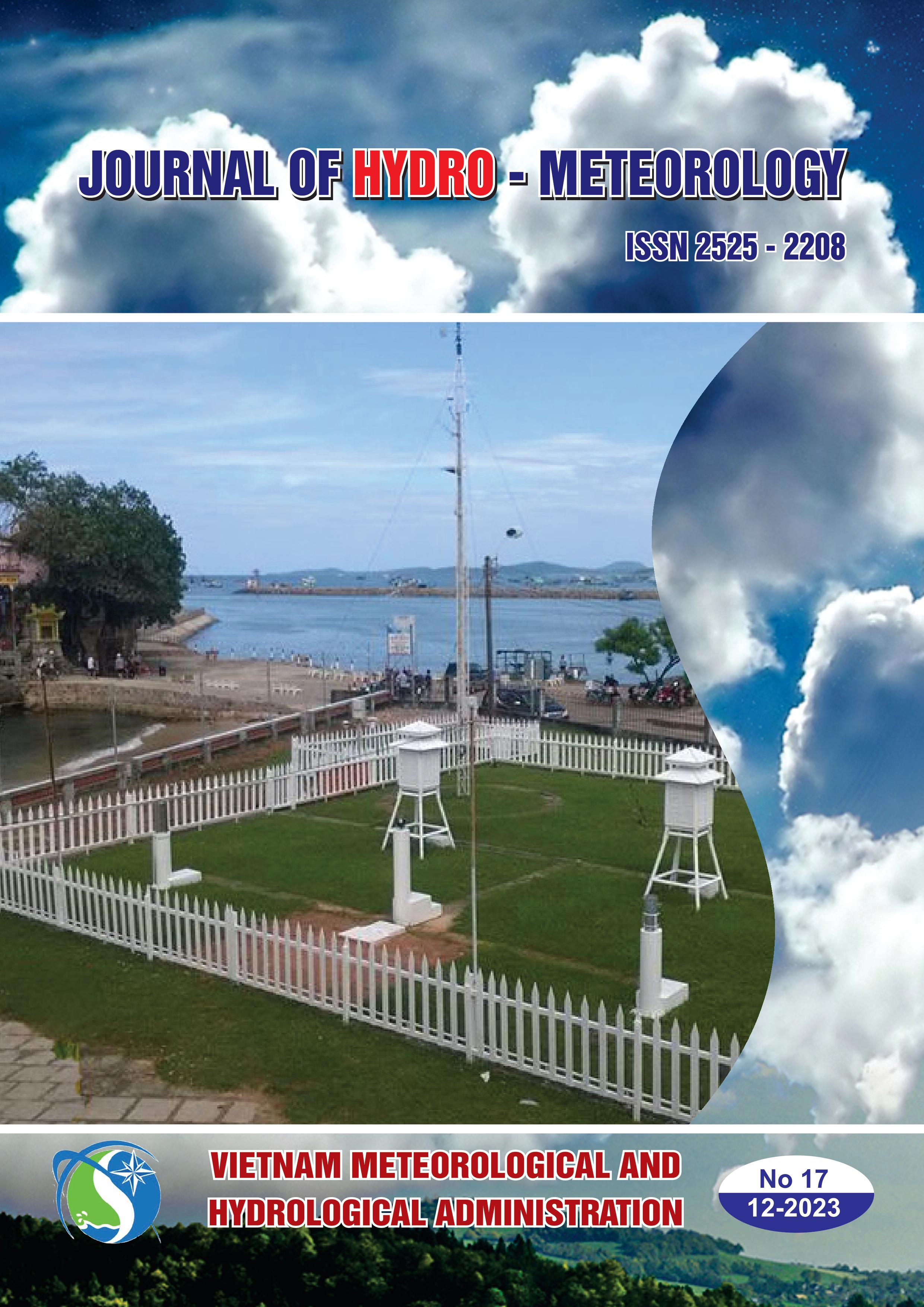
-page-0001.jpg)
-2023.jpg)
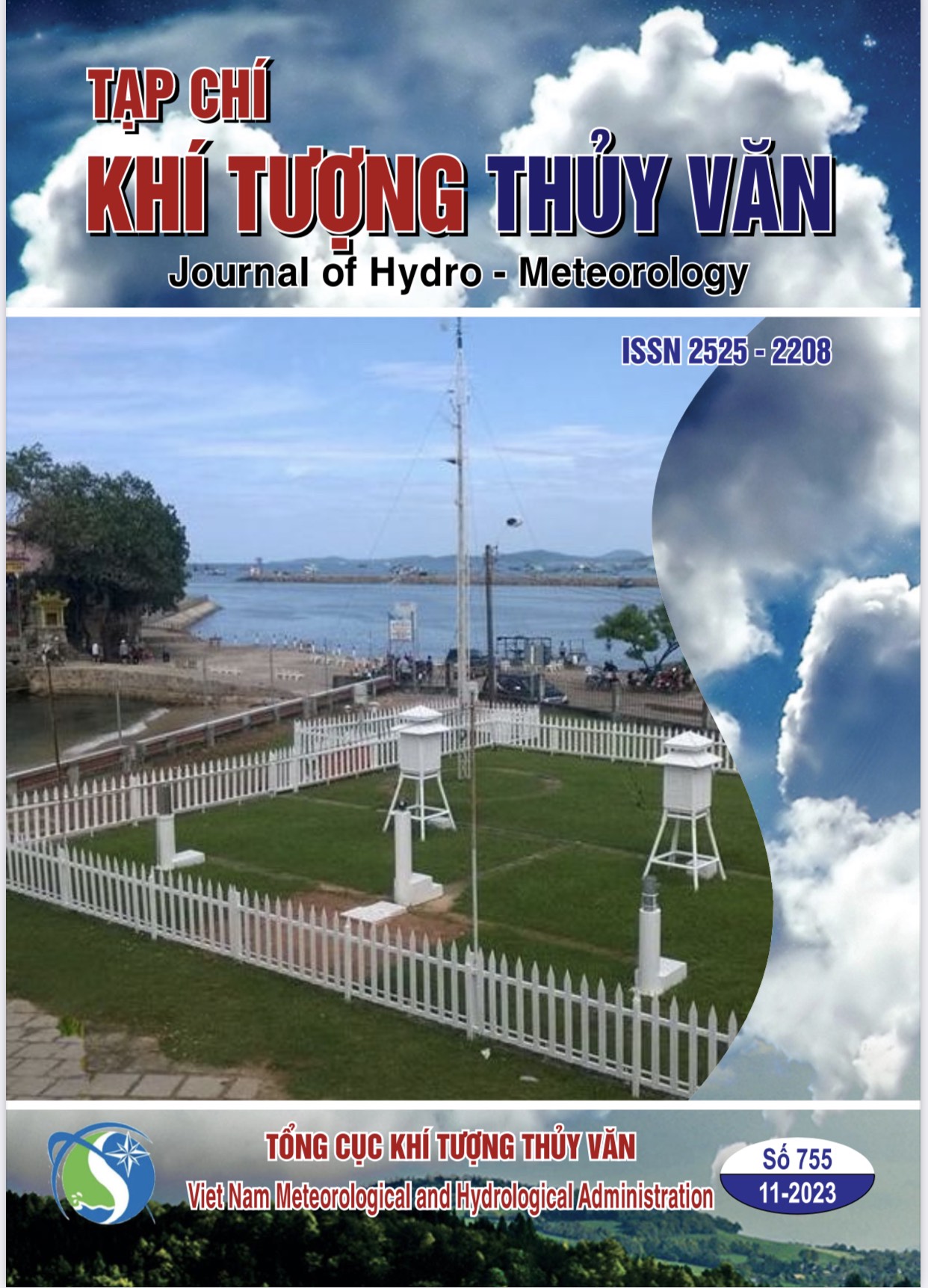
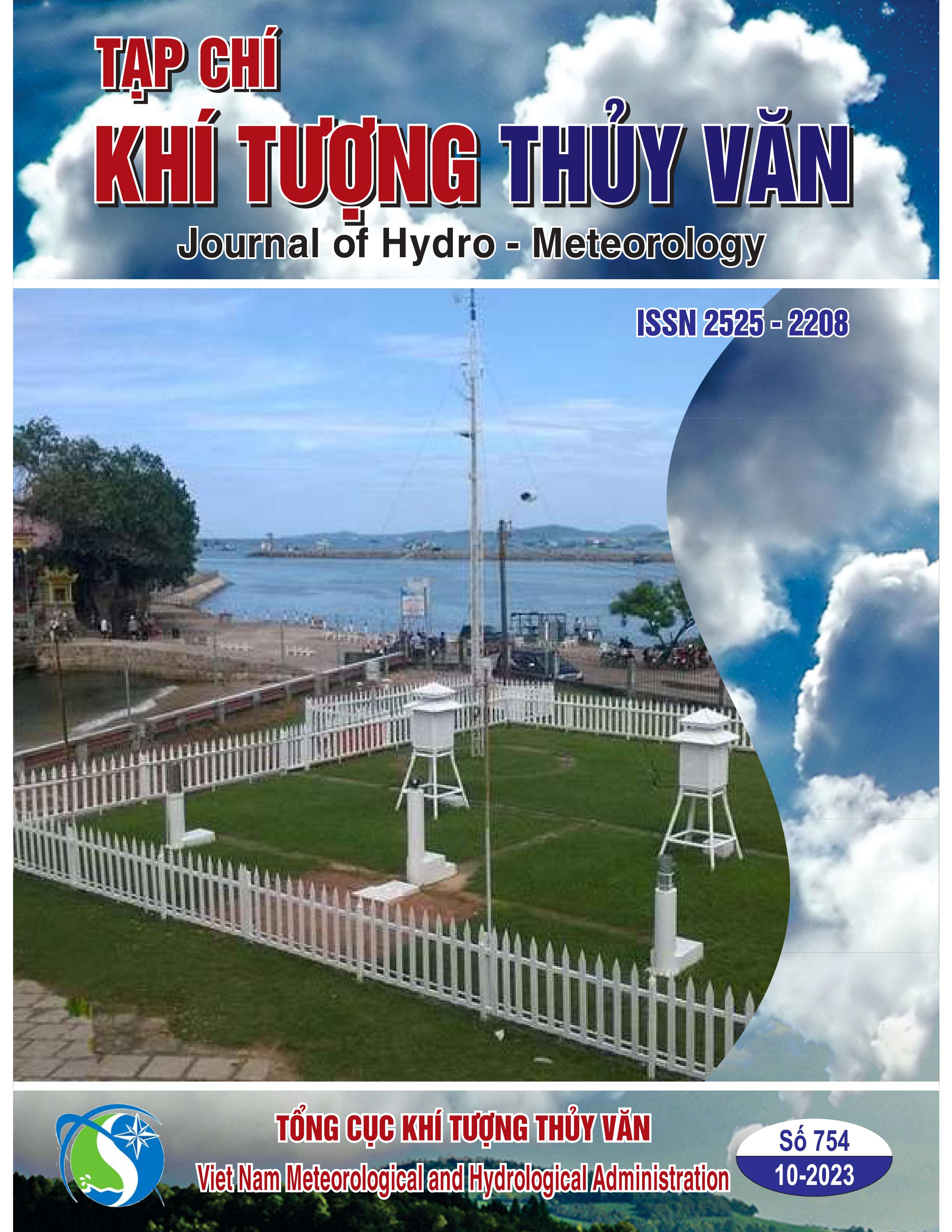
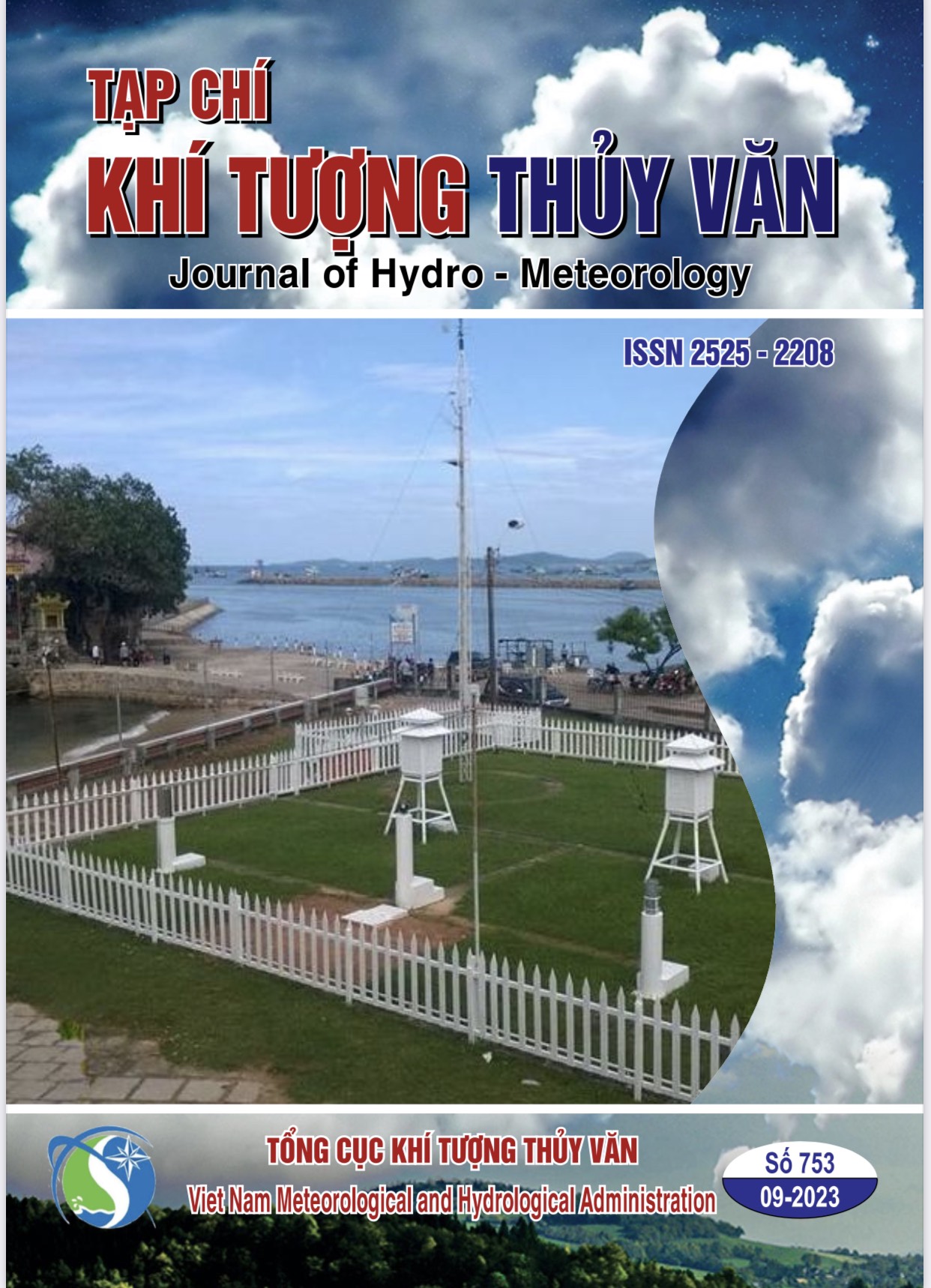
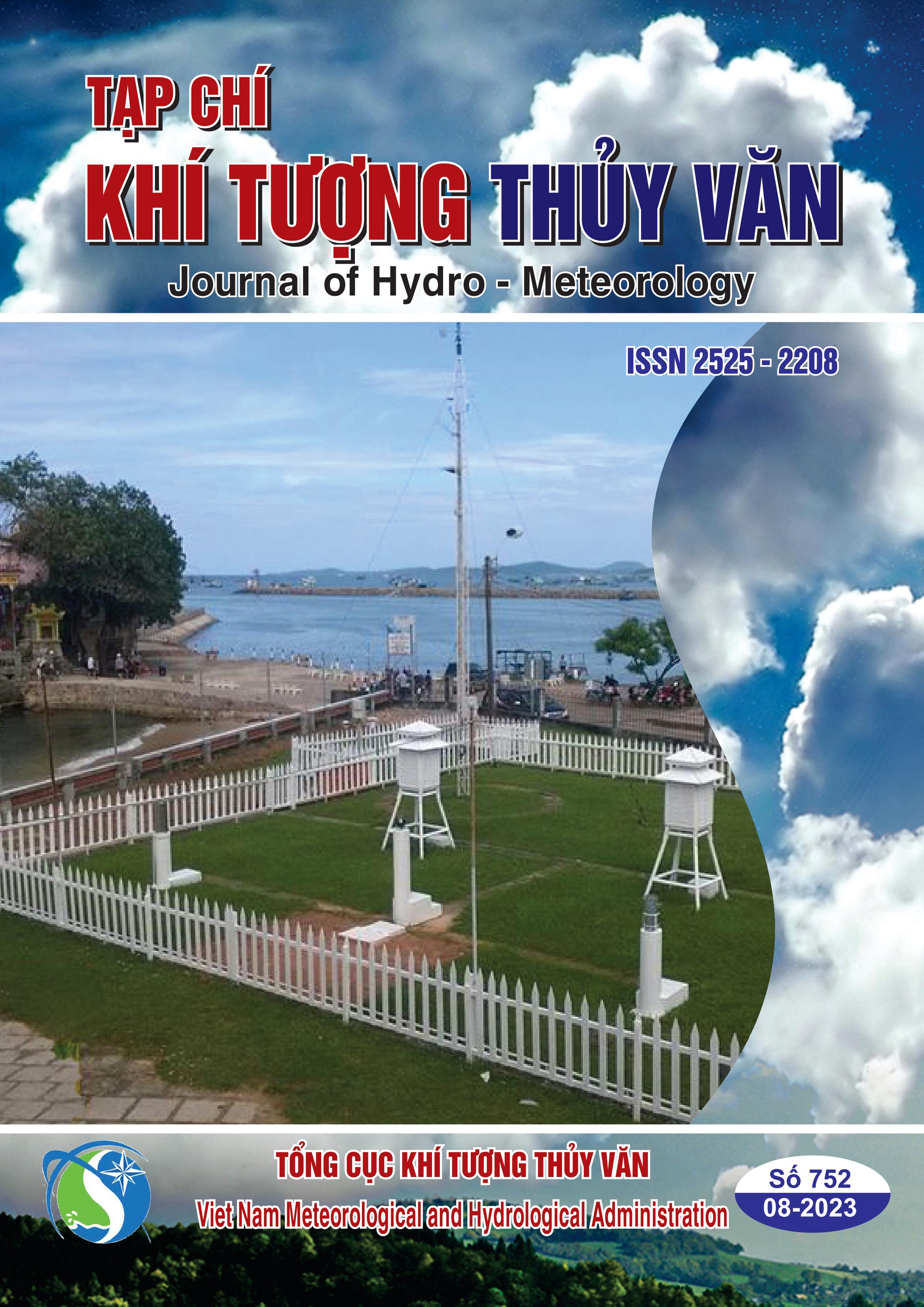
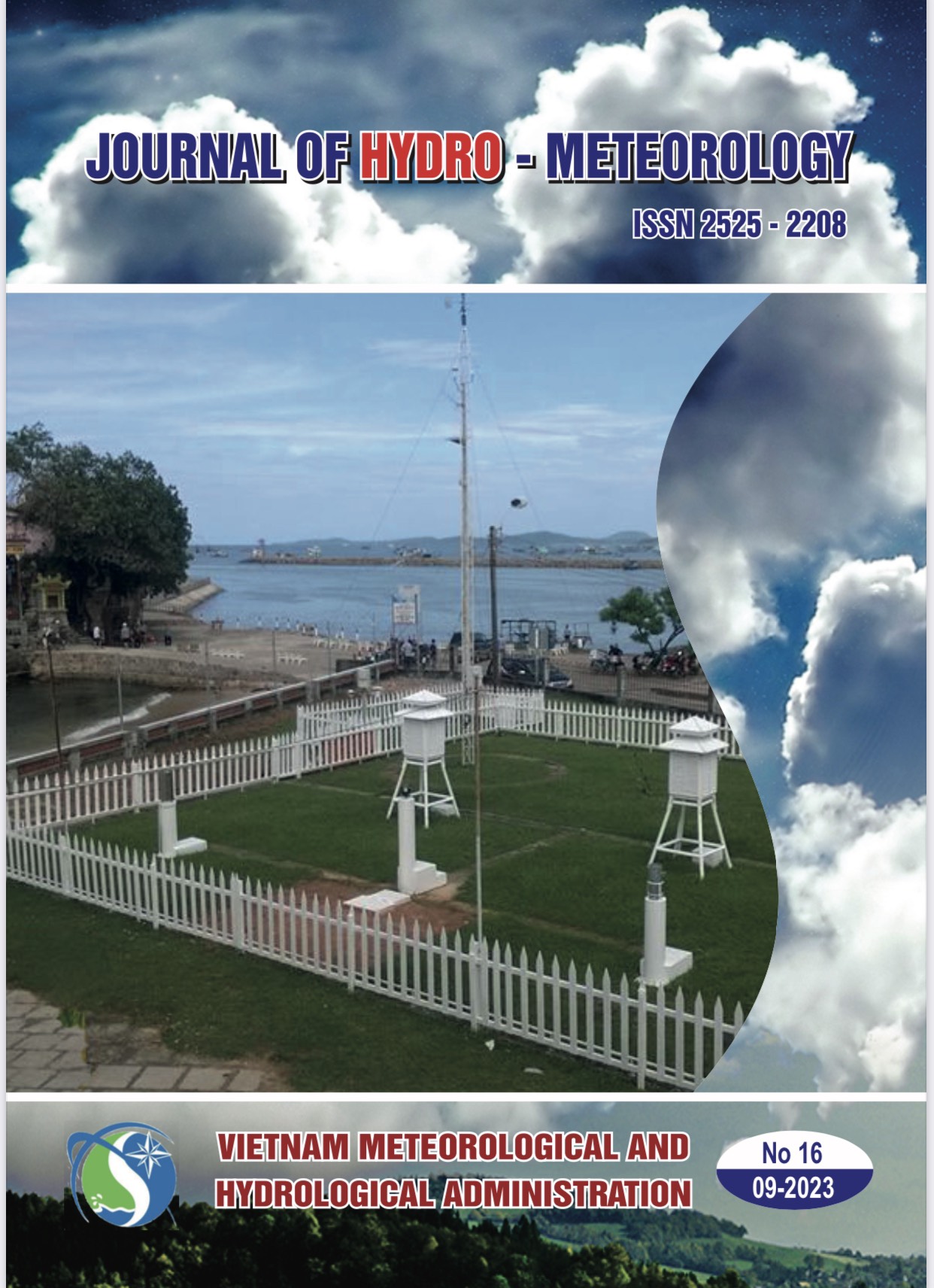


.jpg)
.png)
 Theo Trung tâm Dự báo khí tượng thủy văn quốc gia, hồi 4 giờ ngày 11-11, vị trí tâm bão số 7 ở vào khoảng 17,5 độ Vĩ Bắc; 111,8 độ Kinh Đông, trên vùng biển phía Bắc quần đảo Hoàng Sa. Sức gió mạnh nhất vùng gần tâm bão mạnh cấp 8, giật cấp 10. Di chuyển theo hướng Tây Nam, tốc độ khoảng 15 km/giờ.
Theo Trung tâm Dự báo khí tượng thủy văn quốc gia, hồi 4 giờ ngày 11-11, vị trí tâm bão số 7 ở vào khoảng 17,5 độ Vĩ Bắc; 111,8 độ Kinh Đông, trên vùng biển phía Bắc quần đảo Hoàng Sa. Sức gió mạnh nhất vùng gần tâm bão mạnh cấp 8, giật cấp 10. Di chuyển theo hướng Tây Nam, tốc độ khoảng 15 km/giờ. 
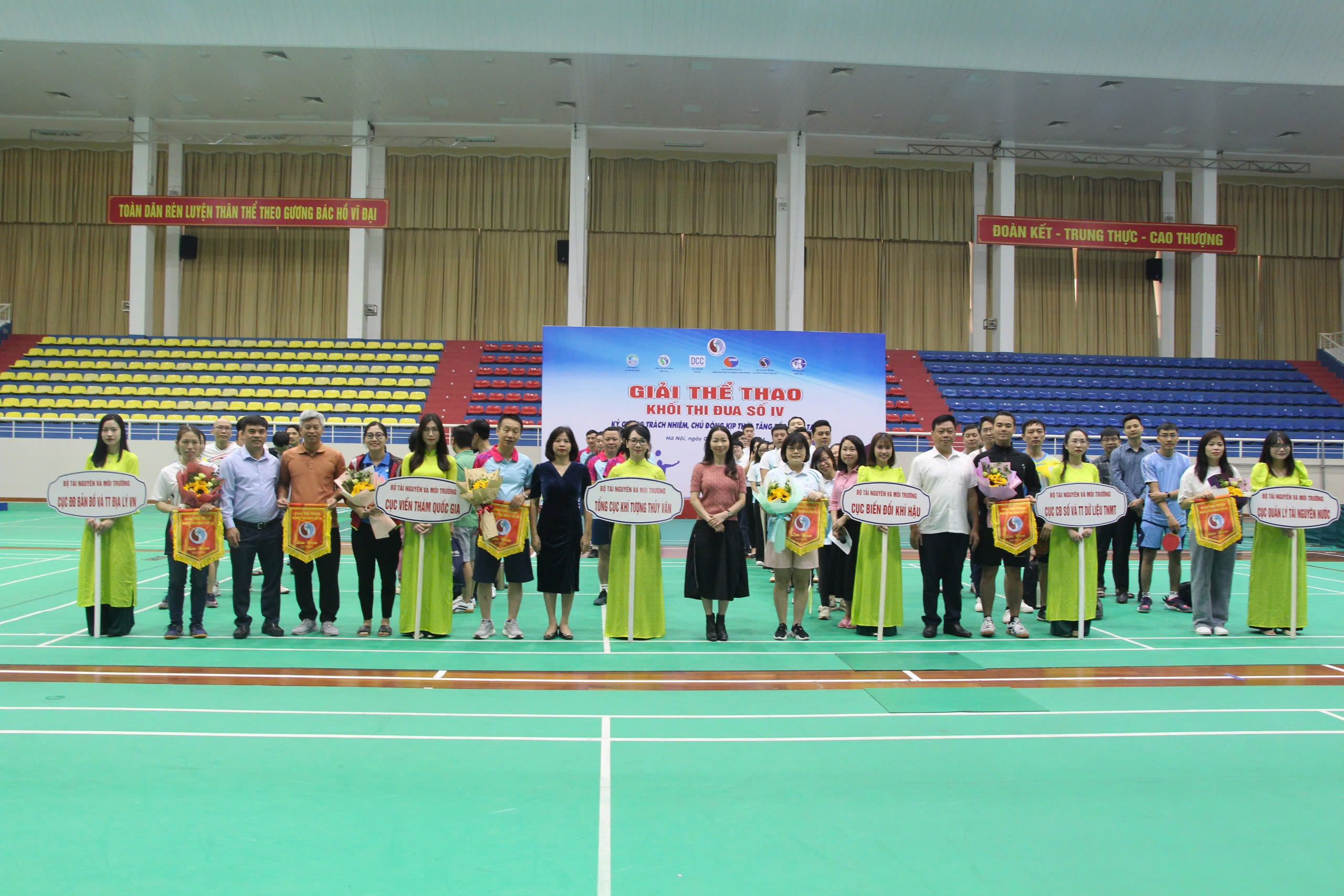
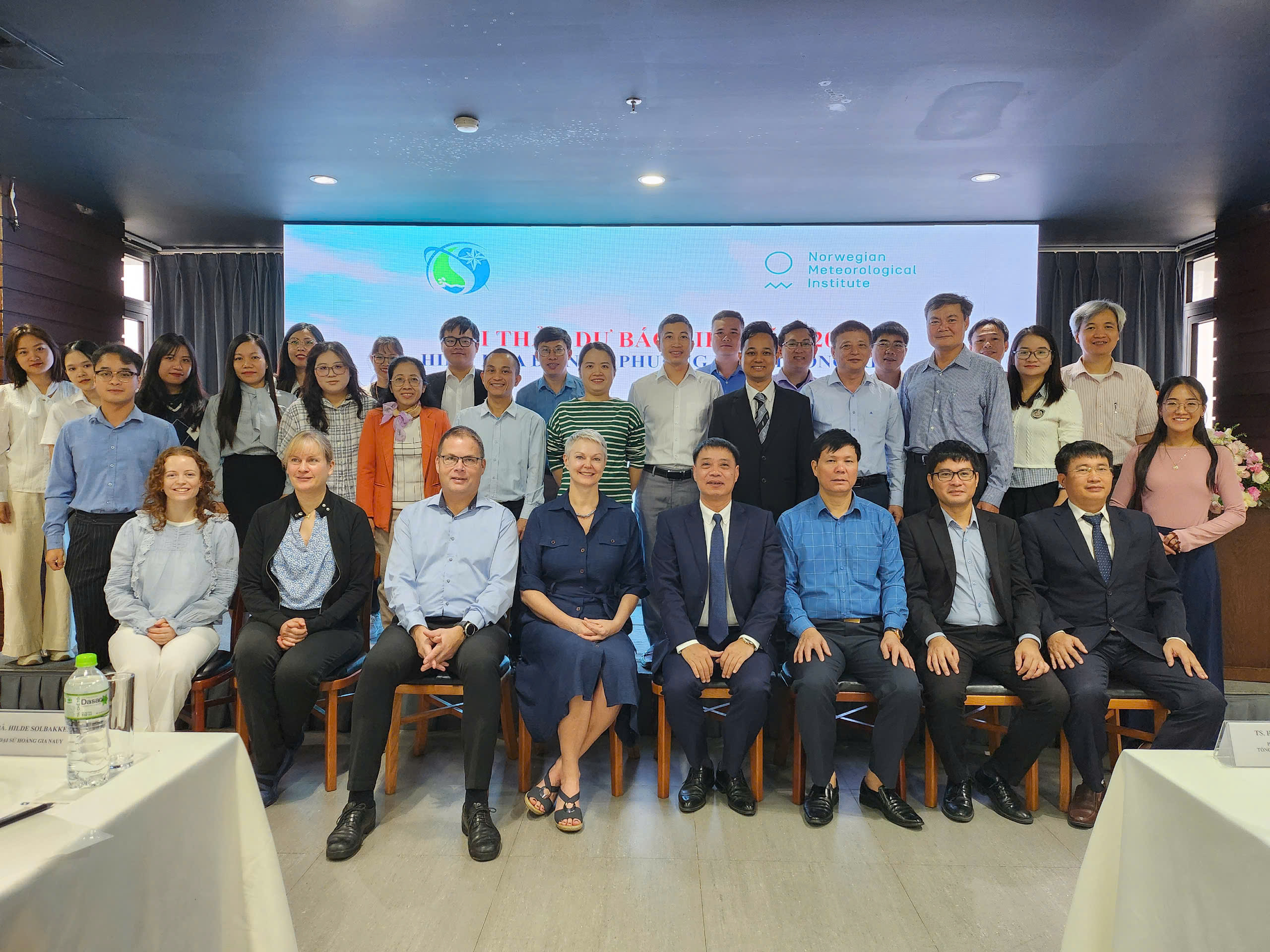
.jpg)
